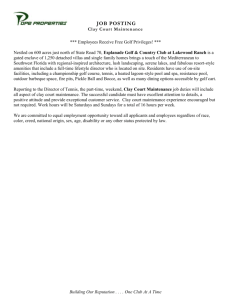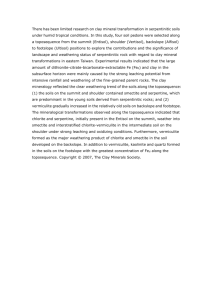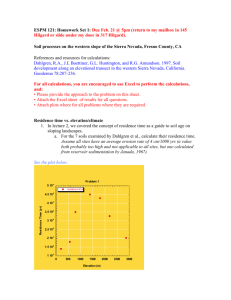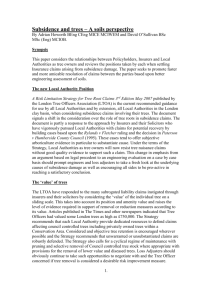New Horizons Update
advertisement
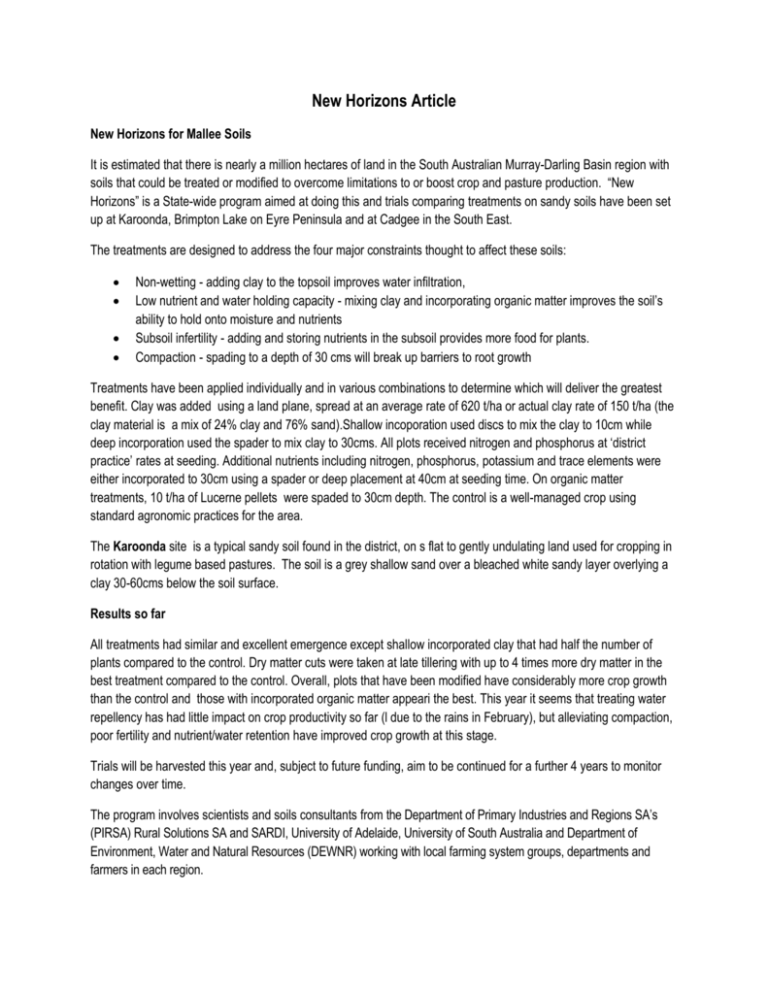
New Horizons Article New Horizons for Mallee Soils It is estimated that there is nearly a million hectares of land in the South Australian Murray-Darling Basin region with soils that could be treated or modified to overcome limitations to or boost crop and pasture production. “New Horizons” is a State-wide program aimed at doing this and trials comparing treatments on sandy soils have been set up at Karoonda, Brimpton Lake on Eyre Peninsula and at Cadgee in the South East. The treatments are designed to address the four major constraints thought to affect these soils: Non-wetting - adding clay to the topsoil improves water infiltration, Low nutrient and water holding capacity - mixing clay and incorporating organic matter improves the soil’s ability to hold onto moisture and nutrients Subsoil infertility - adding and storing nutrients in the subsoil provides more food for plants. Compaction - spading to a depth of 30 cms will break up barriers to root growth Treatments have been applied individually and in various combinations to determine which will deliver the greatest benefit. Clay was added using a land plane, spread at an average rate of 620 t/ha or actual clay rate of 150 t/ha (the clay material is a mix of 24% clay and 76% sand).Shallow incoporation used discs to mix the clay to 10cm while deep incorporation used the spader to mix clay to 30cms. All plots received nitrogen and phosphorus at ‘district practice’ rates at seeding. Additional nutrients including nitrogen, phosphorus, potassium and trace elements were either incorporated to 30cm using a spader or deep placement at 40cm at seeding time. On organic matter treatments, 10 t/ha of Lucerne pellets were spaded to 30cm depth. The control is a well-managed crop using standard agronomic practices for the area. The Karoonda site is a typical sandy soil found in the district, on s flat to gently undulating land used for cropping in rotation with legume based pastures. The soil is a grey shallow sand over a bleached white sandy layer overlying a clay 30-60cms below the soil surface. Results so far All treatments had similar and excellent emergence except shallow incorporated clay that had half the number of plants compared to the control. Dry matter cuts were taken at late tillering with up to 4 times more dry matter in the best treatment compared to the control. Overall, plots that have been modified have considerably more crop growth than the control and those with incorporated organic matter appeari the best. This year it seems that treating water repellency has had little impact on crop productivity so far (l due to the rains in February), but alleviating compaction, poor fertility and nutrient/water retention have improved crop growth at this stage. Trials will be harvested this year and, subject to future funding, aim to be continued for a further 4 years to monitor changes over time. The program involves scientists and soils consultants from the Department of Primary Industries and Regions SA’s (PIRSA) Rural Solutions SA and SARDI, University of Adelaide, University of South Australia and Department of Environment, Water and Natural Resources (DEWNR) working with local farming system groups, departments and farmers in each region. Above: early results from Karoonda Site, control on the left and best treatment on the right Above: Soil profile at Karoonda

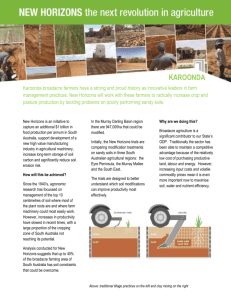


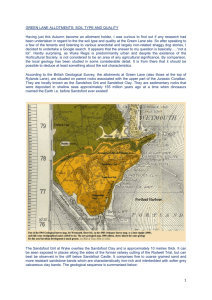


![[1.1] Prehistoric Origins Work Sheet](http://s3.studylib.net/store/data/006616577_1-747248a348beda0bf6c418ebdaed3459-300x300.png)
